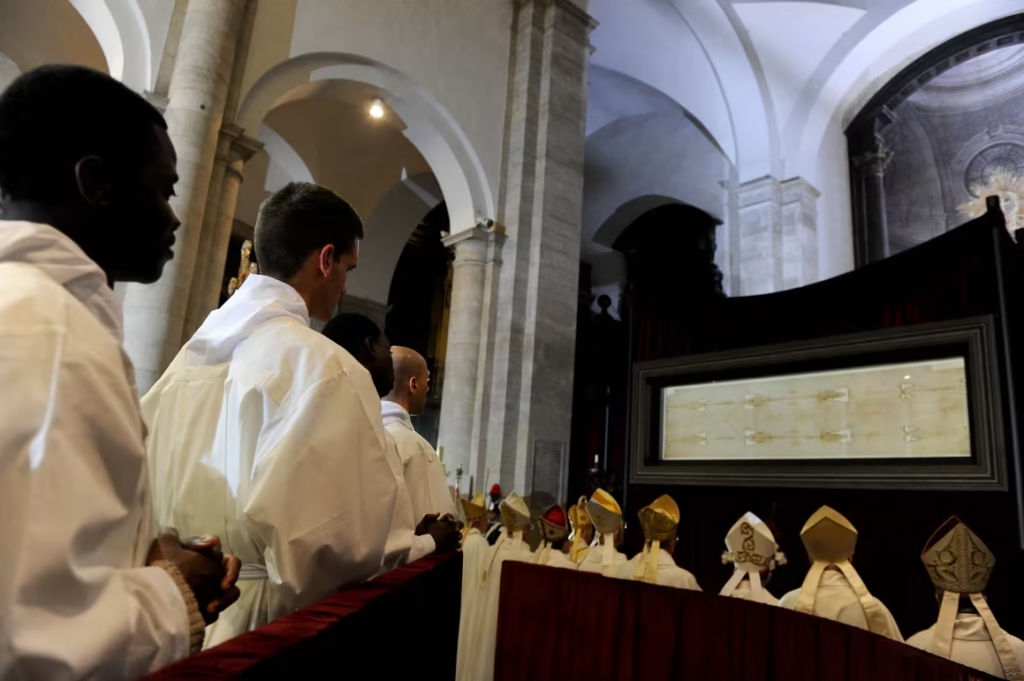For centuries, the Shroud of Turin has stirred fierce debate among believers and skeptics alike. Now, a newly uncovered manuscript shows that doubts over the relic’s authenticity are far older than most realized.
Researchers recently identified a 14th-century text by French philosopher and theologian Nicole Oresme that directly denounces the Shroud as a forgery. Oresme, who later became Bishop of Lisieux, described the cloth as a “clear” and “patent fake” used by clergy to deceive worshippers and collect money from pilgrims. His remarks date to around 1370, making them the earliest known written rejection of the Shroud’s authenticity—decades before the better-known critique by the Bishop of Troyes in 1389.
Oresme’s perspective is striking because it reflects a rational, evidence-based approach at a time dominated by religious devotion. In his treatise, he warned against blindly accepting miracle claims based on hearsay, emphasizing that critical thinking and reason should guide belief.
Modern science has since echoed his skepticism. Radiocarbon dating tests in the 1980s dated the cloth to the 13th–14th century, consistent with Oresme’s era. More recently, advanced imaging and 3D modeling suggest the image on the Shroud was likely created with artistic methods, not by the imprint of a crucified body.
The discovery not only challenges assumptions about the Shroud itself but also highlights a broader truth: skepticism and critical inquiry were alive even in the Middle Ages. Oresme’s words remind us that questioning extraordinary claims is not a modern invention—it’s part of a much longer tradition of seeking truth.


